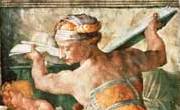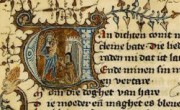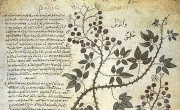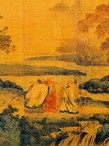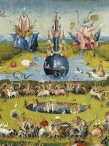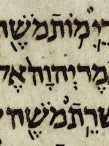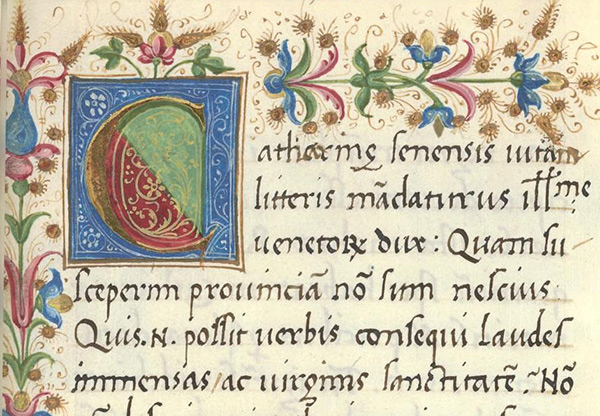 What do we live for? Which beliefs, values, and experiences sustain meaningful, fulfilling existence? Are we the authors of our own destinies or powerless pawns in a unfathomable cosmic game? Why do people sometimes struggle with the loss of meaning? What allows people to rediscover the lost sense of purpose and belonging?
What do we live for? Which beliefs, values, and experiences sustain meaningful, fulfilling existence? Are we the authors of our own destinies or powerless pawns in a unfathomable cosmic game? Why do people sometimes struggle with the loss of meaning? What allows people to rediscover the lost sense of purpose and belonging?
The Meaning of Life course is designed to address these questions as we encounter the quest for meaning in the lives and works of the great thinkers and artists. Through a series of on-going projects we draw parallels between the texts and the real life dilemmas we face.
The course is divided into three units: A Life Worth Living: Humanity’s Ideals focuses on the ancient and modern visions of harmonious existence and human flourishing; Threats to Meaning: Humanity’s Discontents discusses the disillusionments leading to the loss of meaning and purpose; Recovery of Meaning: Crises and Hopes explores the possibilities of self-discovery and growth as a result of a major crisis.
The units are “bookended” by two remarkable texts: the Old Testament’s jewel, Ecclesiastes, a series of prophetic reflections on the fleeting character of life, and Hermann Hesse’s philosophical novel Siddhartha, a symbolic story of a young Brahmin’s life-journey.

Course projects are meant to be shared, revised, and polished throughout the semester.
The best student work is published online. The assigned projects are:
Meaning of Life Profile
Students answer questions about their life goals, ideals, and values
Questions and Quotes
Students share their impressions of the texts and discuss memorable passages
Reflection Papers
Students explore a text or a key idea of the course
Crisis of Meaning Interview
Students interview a friend, family member, or colleague about a turning point in their life
